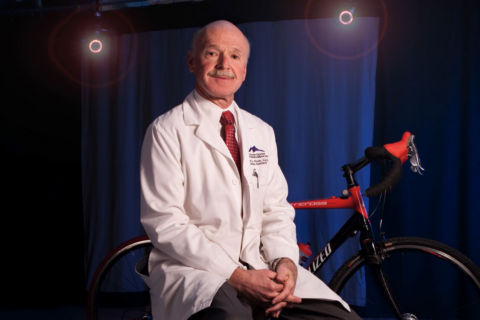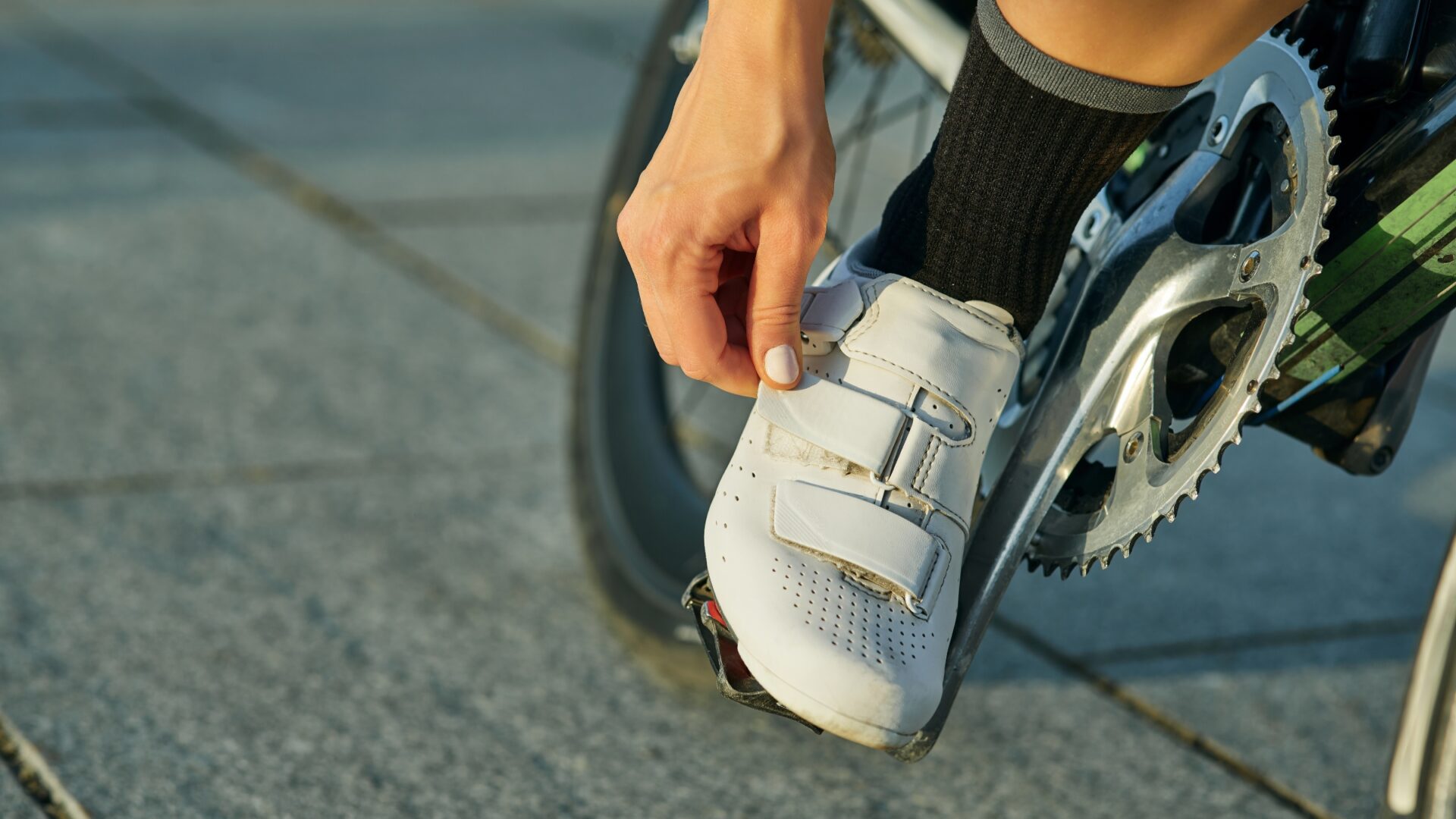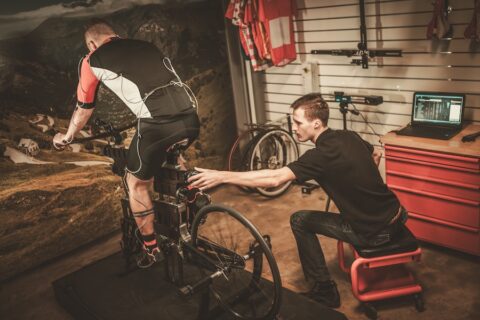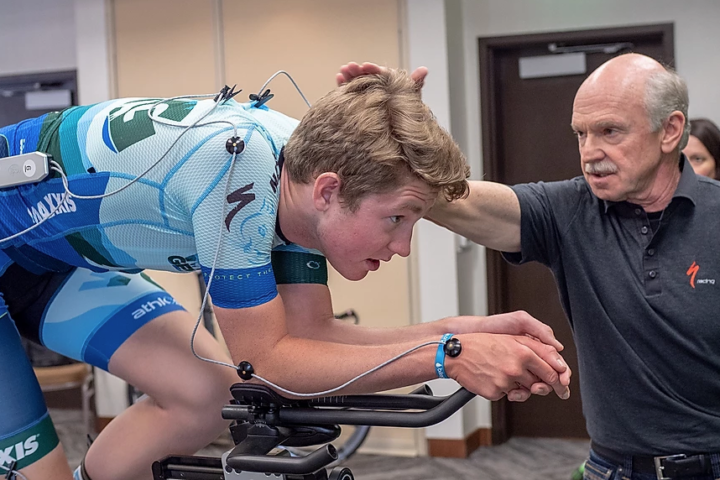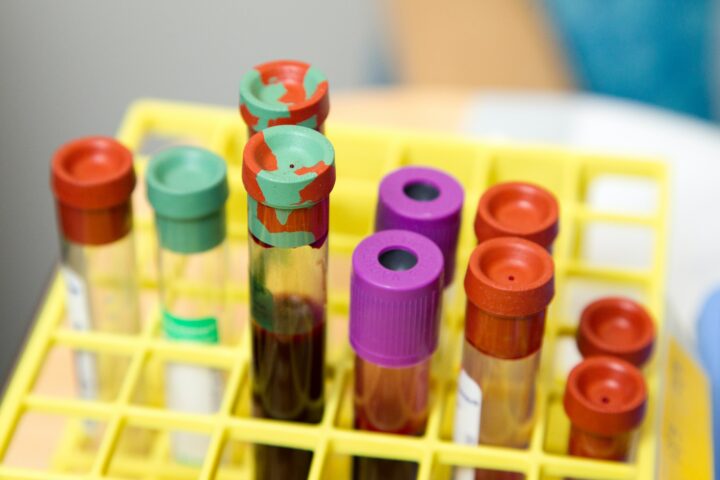Many cyclists think that numbness and irritation in the feet (and hands) are just part of riding a bike. The truth is that if you’re experiencing numbness, something is wrong. Furthermore, relieving foot pain from cycling can generally be quite easily.
Often, when someone increases their mileage and/or the amount of climbing they do, particularly after time off the bike, this can lead to irritation under the ball of the foot—known as the sesamoid bones. Sometimes people will refer to the sesamoids as the “ball bearings of the foot.” These two small bones found beneath the first metatarsal bones can inflame or rupture under the stress of cycling.
Sesamoiditis can often be relieved with proper shoe choice and/or orthoses of some kind. (Let’s assume that the inflammation is purely caused by cycling and not other activities of daily living; there are, in fact, many causes of pain in the sesamoids.)
“These little bones are similar in function to your knee cap, except not only are they active fulcrums but they are under constant compression while standing, walking, and, of course, cycling,” says our director of sports medicine, Dr. Andy Pruitt, who has more than 40 years of experience in cycling medicine and ergonomics. “Personal foot design plays a role in one’s propensity for getting sesamoid pain.”
Cycling shoes can be constructed in several ways. In some, the front sole plate is flat; in others, the shoe will have some (often around 1.5 millimeters as with Specialized shoes) of varus canting (upward tilt).
From his research, Dr. Pruitt has learned that more than 80% of all humans have a foot design that appreciates the varus cant—the big toe is lifted 1.5 millimeters relative to the little toe.
To treat sesamoiditis, if the varus forefoot support doesn’t relieve the pain, try adding small amounts of extra support under and just behind your metatarsal heads. This will lift the rest of your forefoot enough to decompress your sesamoids.
Also, you can sometimes effectively take the reverse approach by cutting an area of relief (like a donut hole) under the painful area, allowing the sesamoids to have a recession to sit in and, thus, divert the pressure away. Finally, custom cycling footbeds are an expensive option; however, many times they are what it takes to find full relief.
Dr. Pruitt is a wealth of knowledge when it comes to the most common over-use injuries seen in cyclists. Listen to Fast Talk episode 59 for more on knee problems, back and neck problems, and saddle sores, numbness, and pressure issues.
